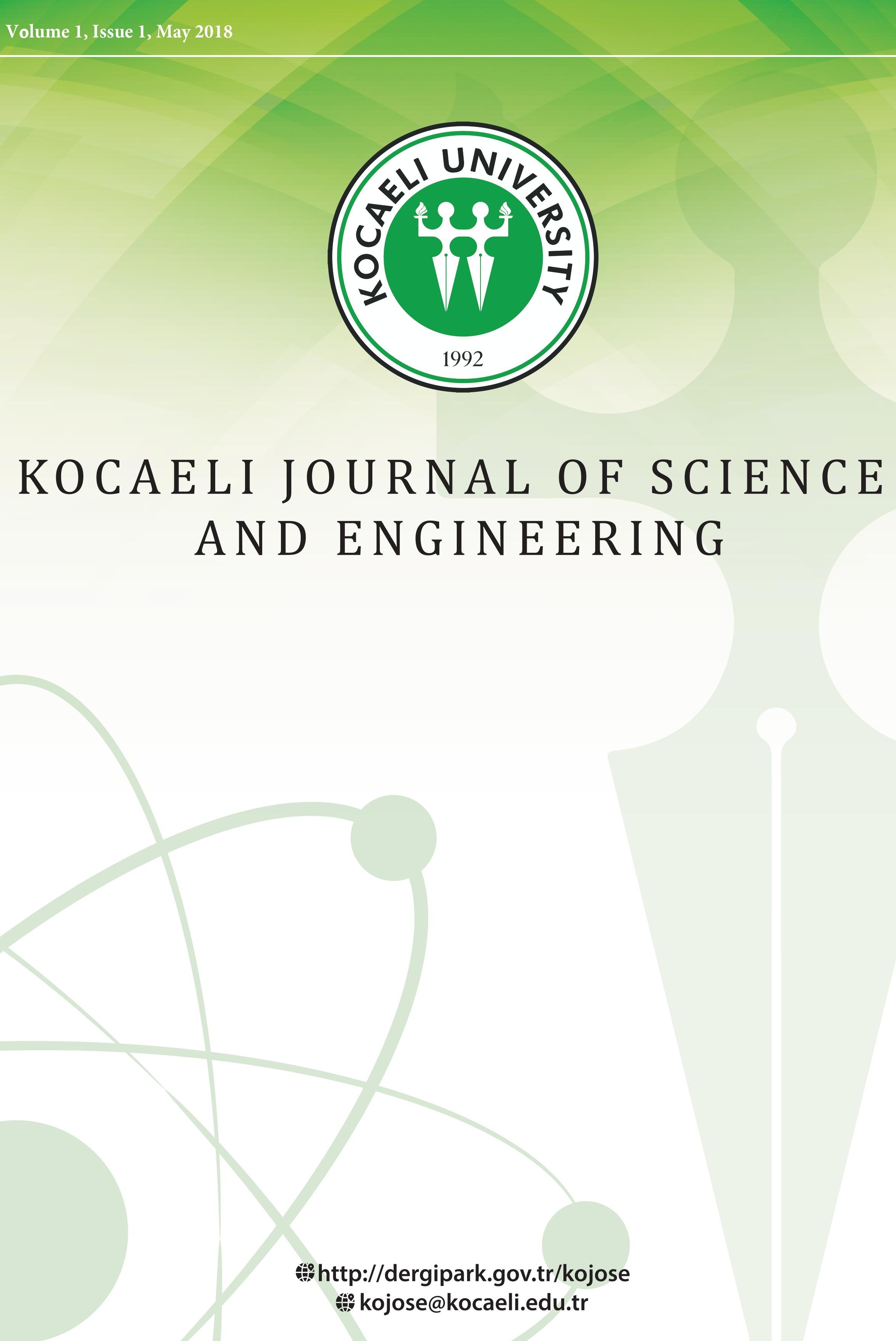
Kocaeli Journal of Science and Engineering
Yazarlar: ["Nazlı YENİHAN YÜZER", "Güler HASIRCI", "Nilüfer HİLMİOĞLU"]
Konular:-
DOI:10.34088/kojose.1013196
Anahtar Kelimeler:Azeotropic Mixture,Dimethyl Carbonate,Hybrid Membrane,Pervaporation
Özet: Dimethyl carbonate (DMC) is a green solvent and an environmentally friendly fuel additive. It is produced by carbonylation of methanol The production cost of DMC is very high by conventional processes because DMC and methanol form azeotrope and cannot be separated by distillation. Its separation can be performed by pervaporation (PV) economically. Pervaporation (PV) is also an environmentally friendly membrane process in which liquid-liquid mixtures are separated under vacuum with high selectivity. Pervaporation selectivity is dependent on sorption selectivity and diffusion selectivity. Membrane used in the pervaporation process is a semi-permeable barrier and provides selective separation and transport. In PV development of an appropriate membrane material is important for obtaining pure substances. Hydrophilic membrane can separate methanol which is a polar component. Chitosan is a harmless, biodegradable, natural polymer and, despite having hydrophilic properties, cannot withstand aqueous conditions. Therefore, it should be modified by crosslinking. Tetraethoxysilan (TEOS) and tungstophosphoric acid (TPA) can be used as crosslinking agents and additive blending components in membrane production for increasing chemical and mechanical stability. In this study, sorption tests were carried out to determine the usability of chitosan-tetraethoxysilan (TEOS) and chitosan-Tungstophosphoric acid (TPA) hybrid membranes in separation of DMC-Methanol mixture with PV.